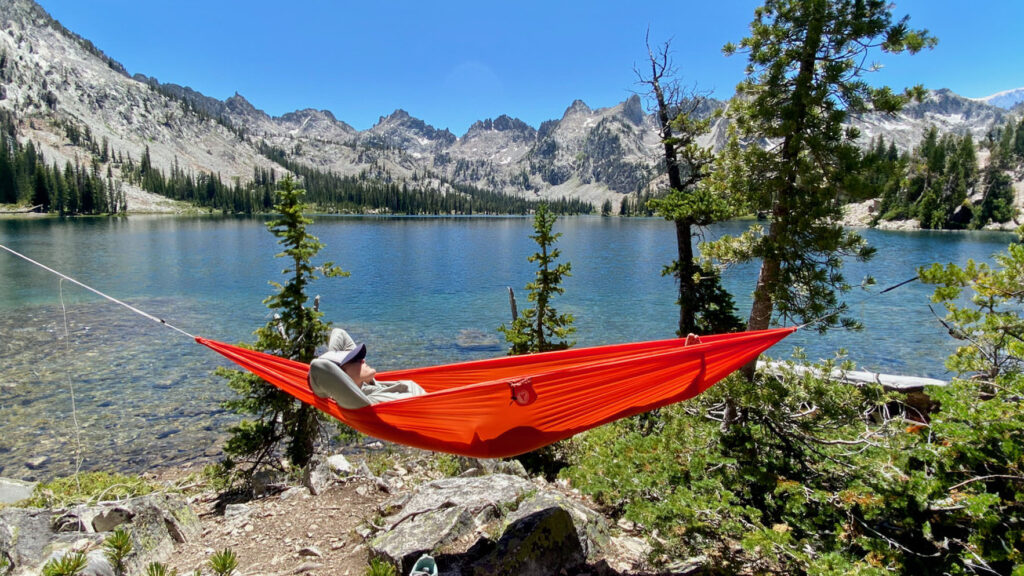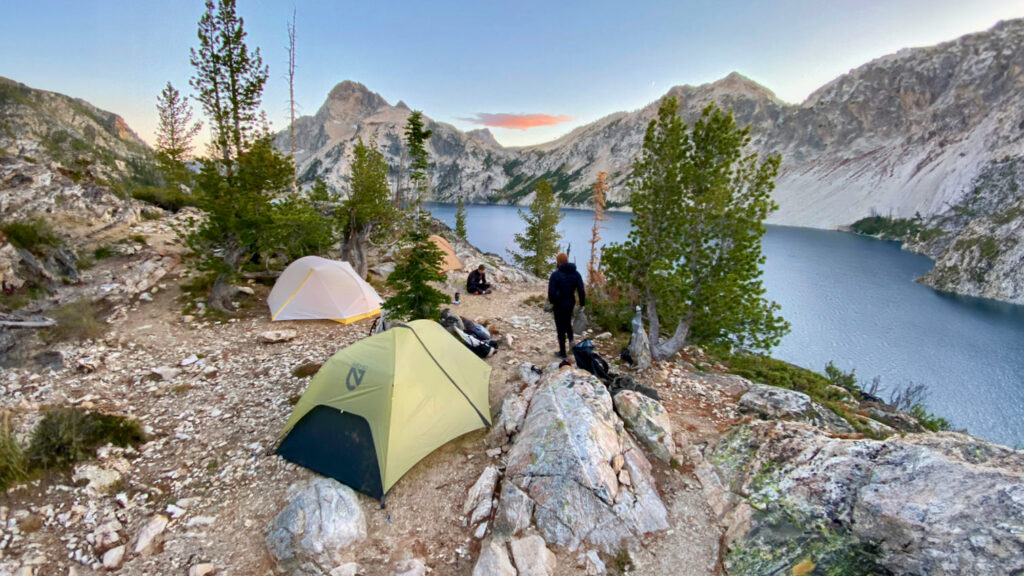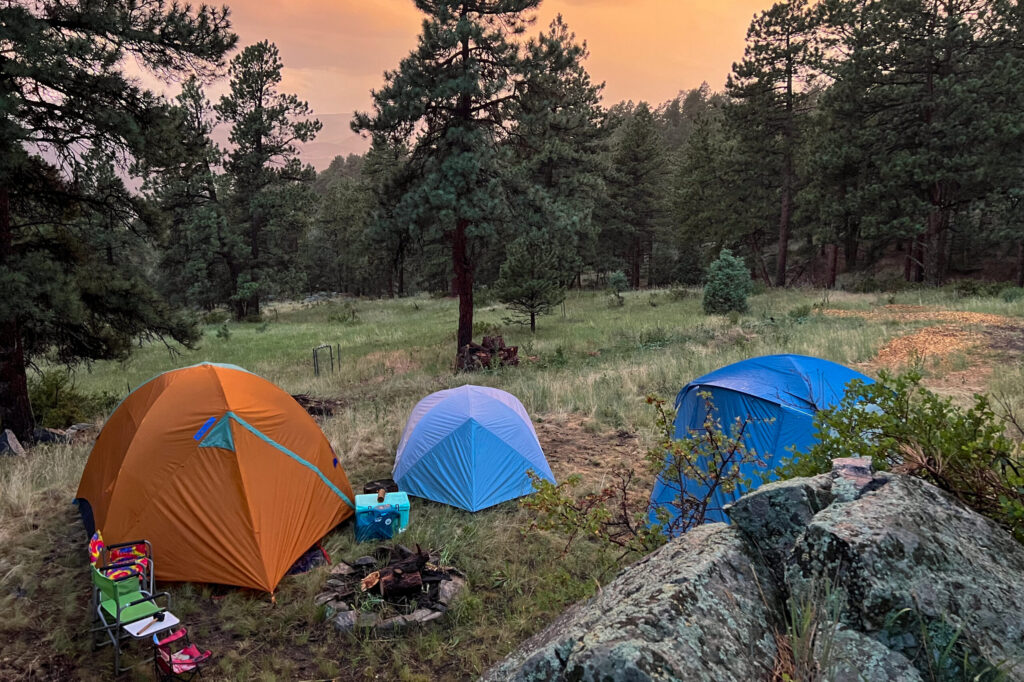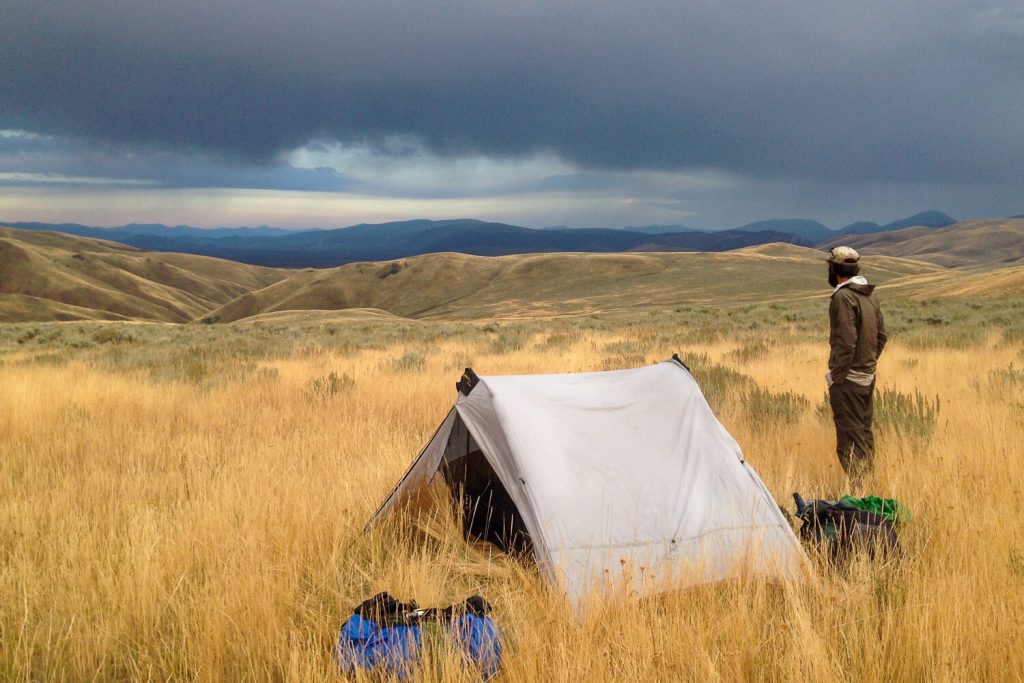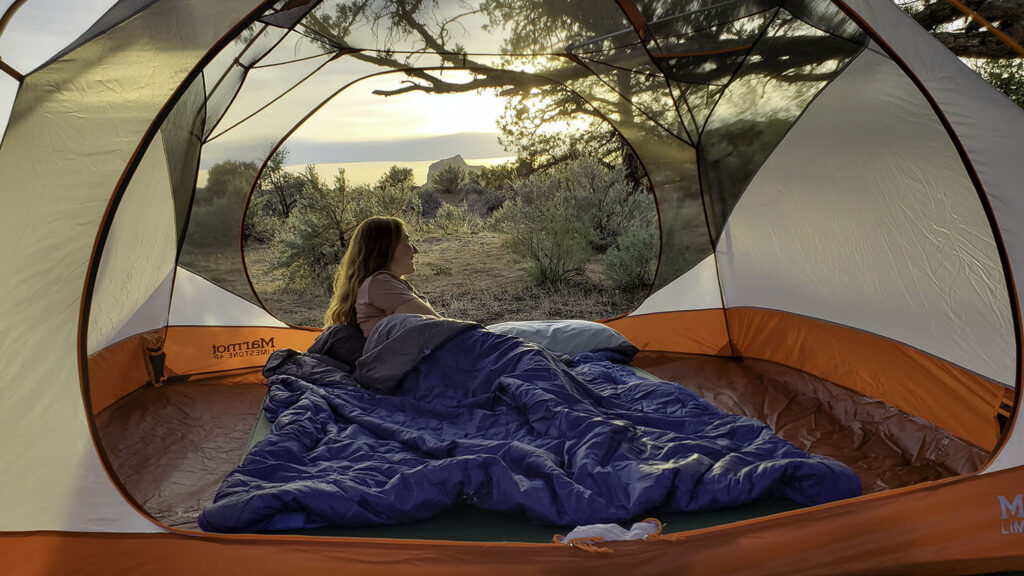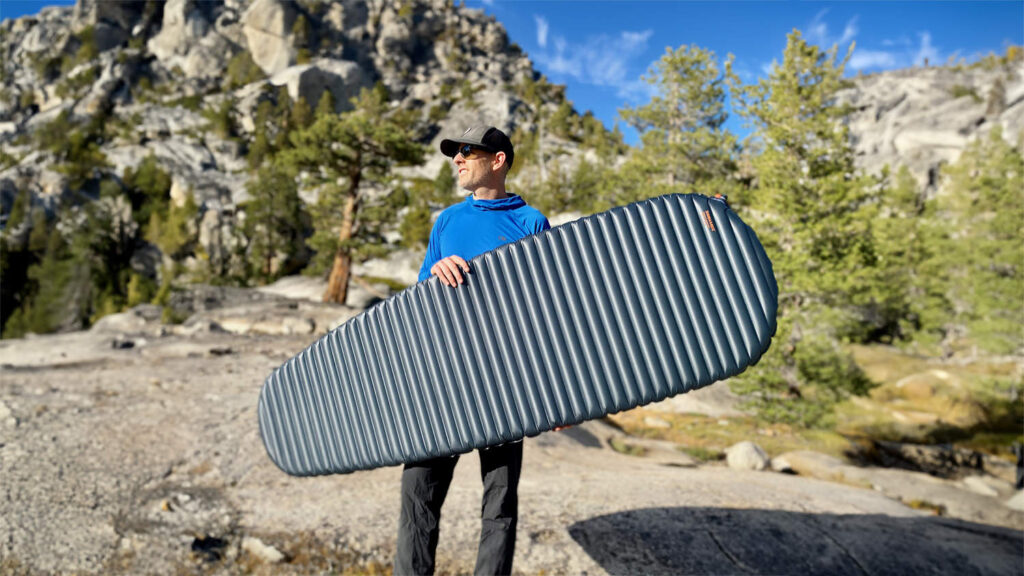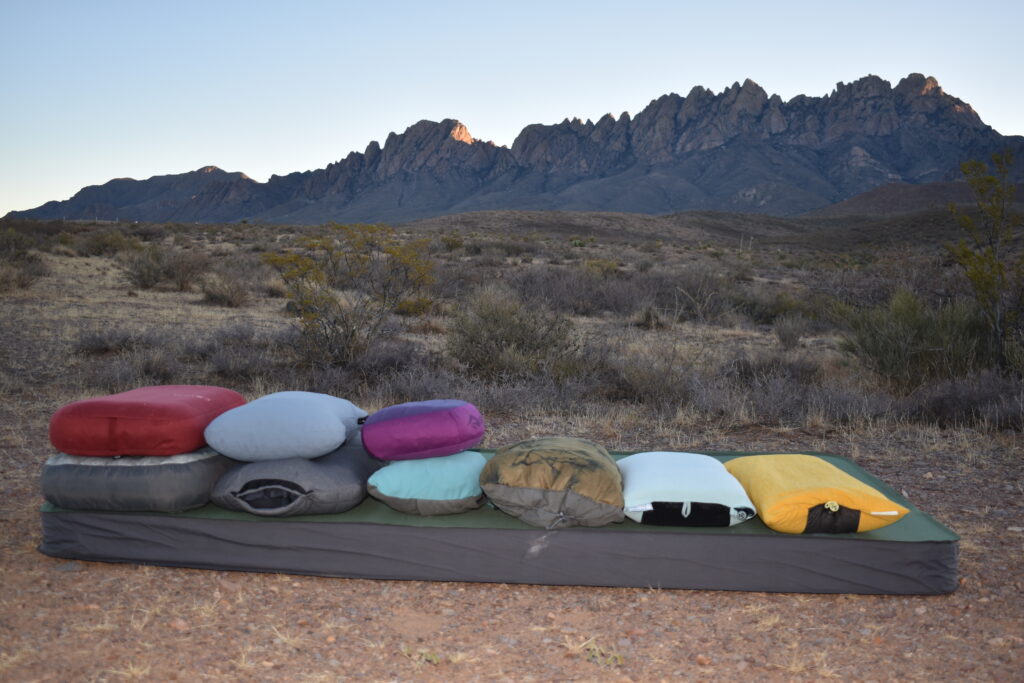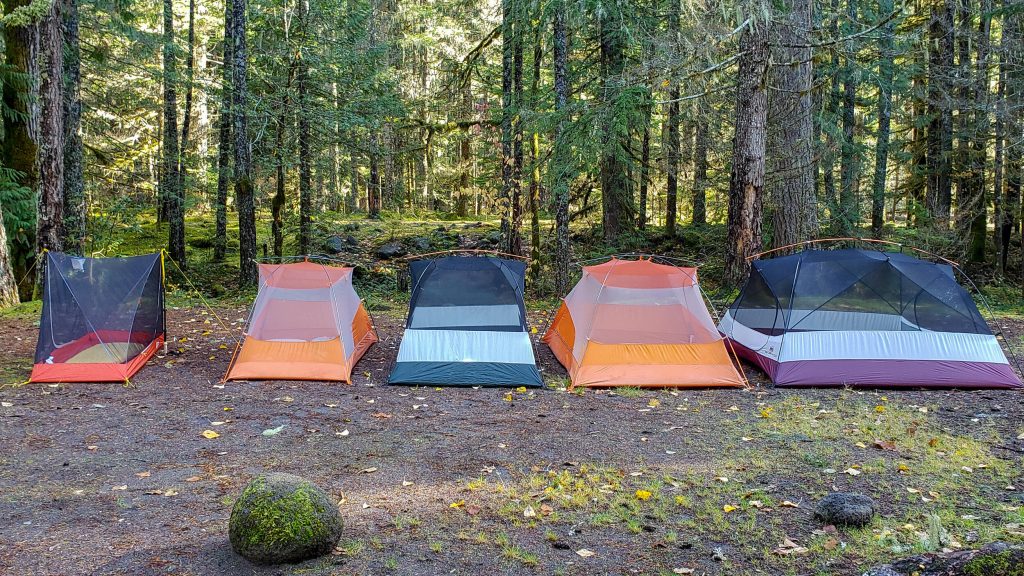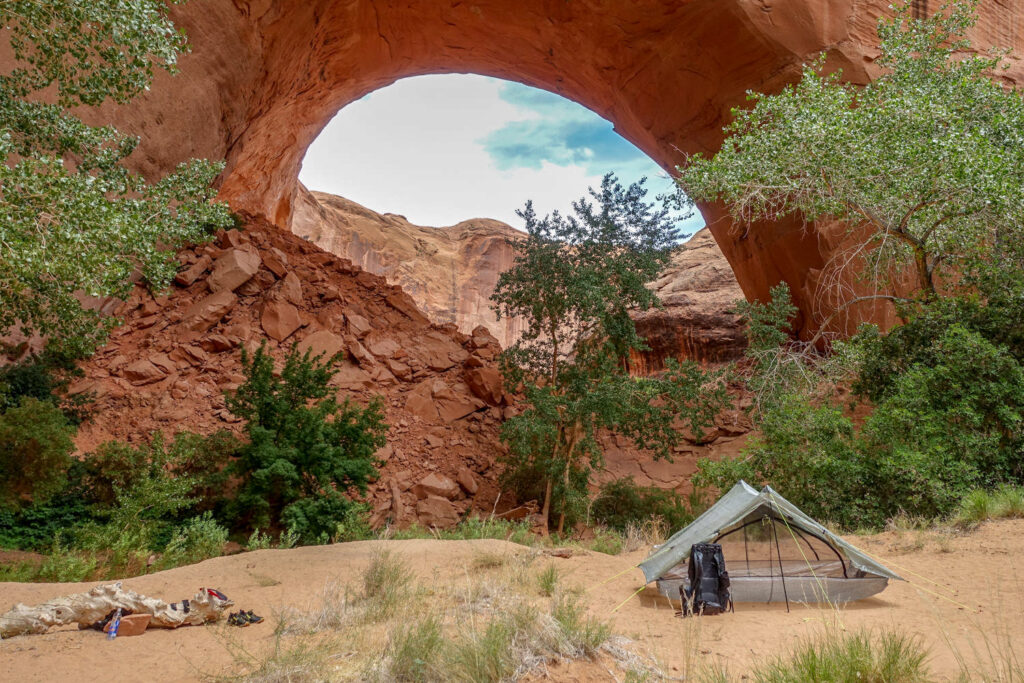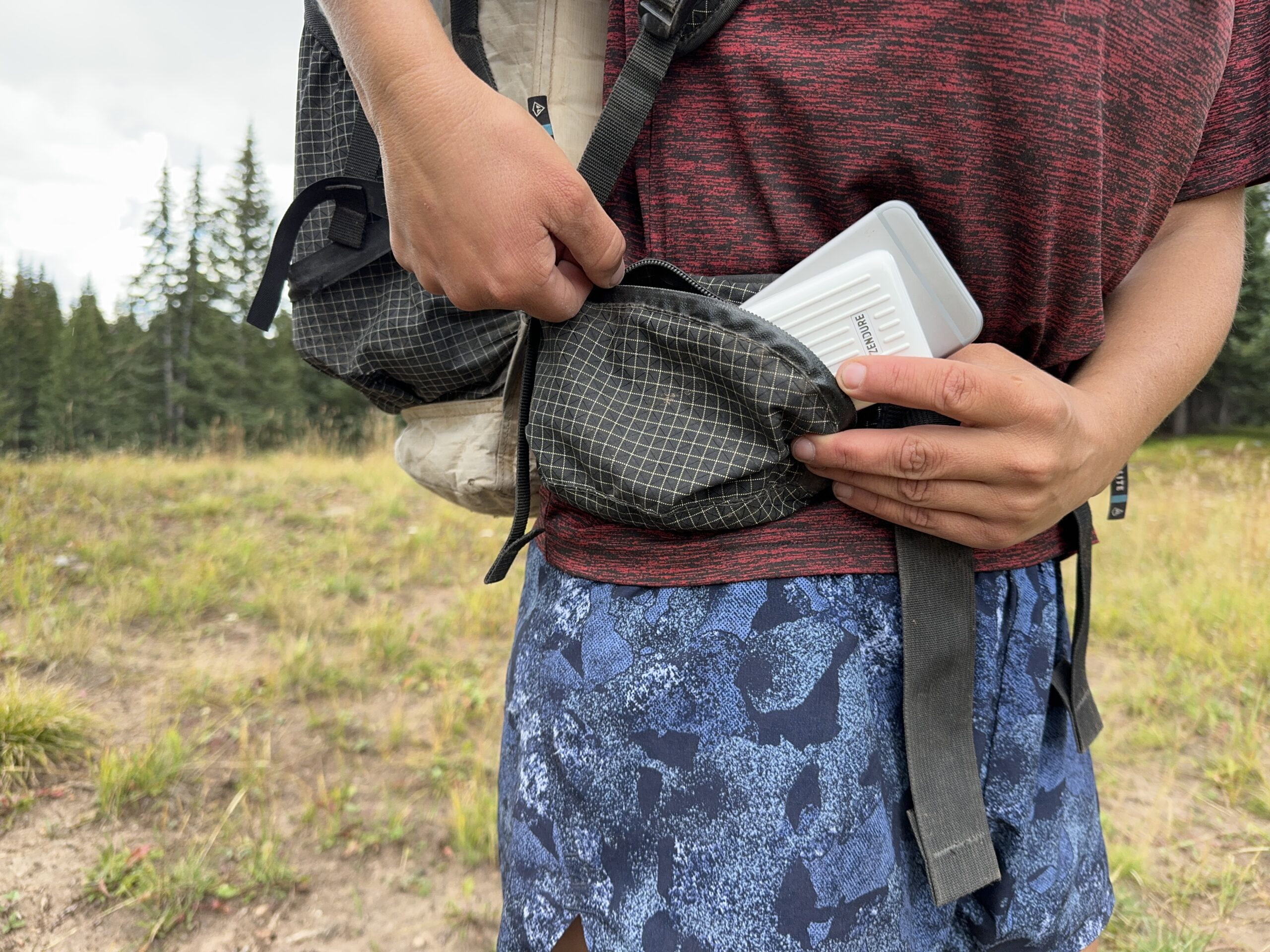
Bottom Line
The Zendure Super Mini 10000 offers a simple and streamlined design. It is easily one of our lineup’s most portable power banks and therefore an excellent option for those who like to use their power bank on the go. During our tests, we found that the Zendure is one of the lightest models in the 10,000 mAh category. That, paired with its incredibly portable design, make it one of our preferred power banks for charging while hiking or tucked into tent pockets.
Even with added usage during the day, the Super Mini shows very few cosmetic signs of use – it can stand up to the rigors of the outdoors.
We also like that it quickly recharges so it’s ready to start powering devices again once you hit the trail. The Zendure does not have the best efficiency but makes up for it by performing well in cold weather.
Quick Specs
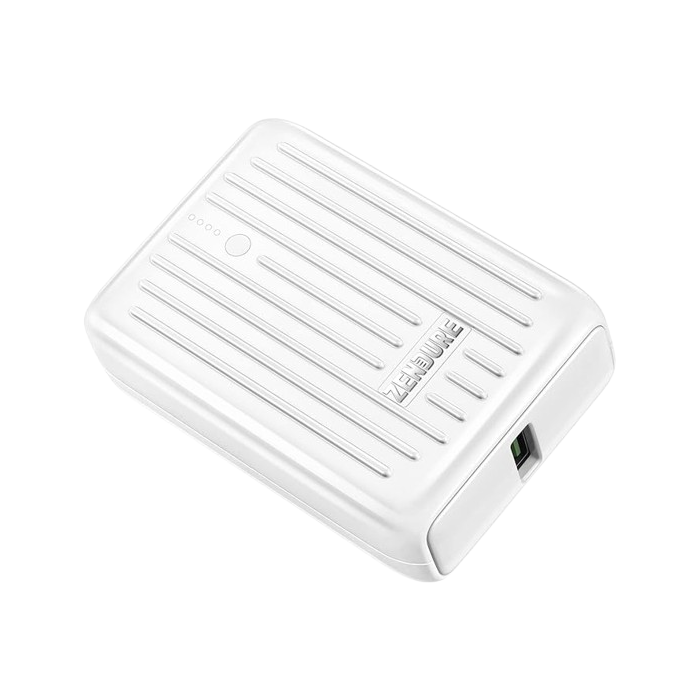
Zendure Super Mini 10000
Best Compact Power Bank
CleverHiker Rating: 4.6/5.0
Price: $27
Weight: 6.6 oz.
mAh: 10,000
Time to full charge: 3 hrs
Pros
- Fits in hand easily
- Low voltage mode for small electronics
- Ultralight
- Simple design
Cons
- Charge indicator is hard to read
- Only two ports
- Efficiency could be better
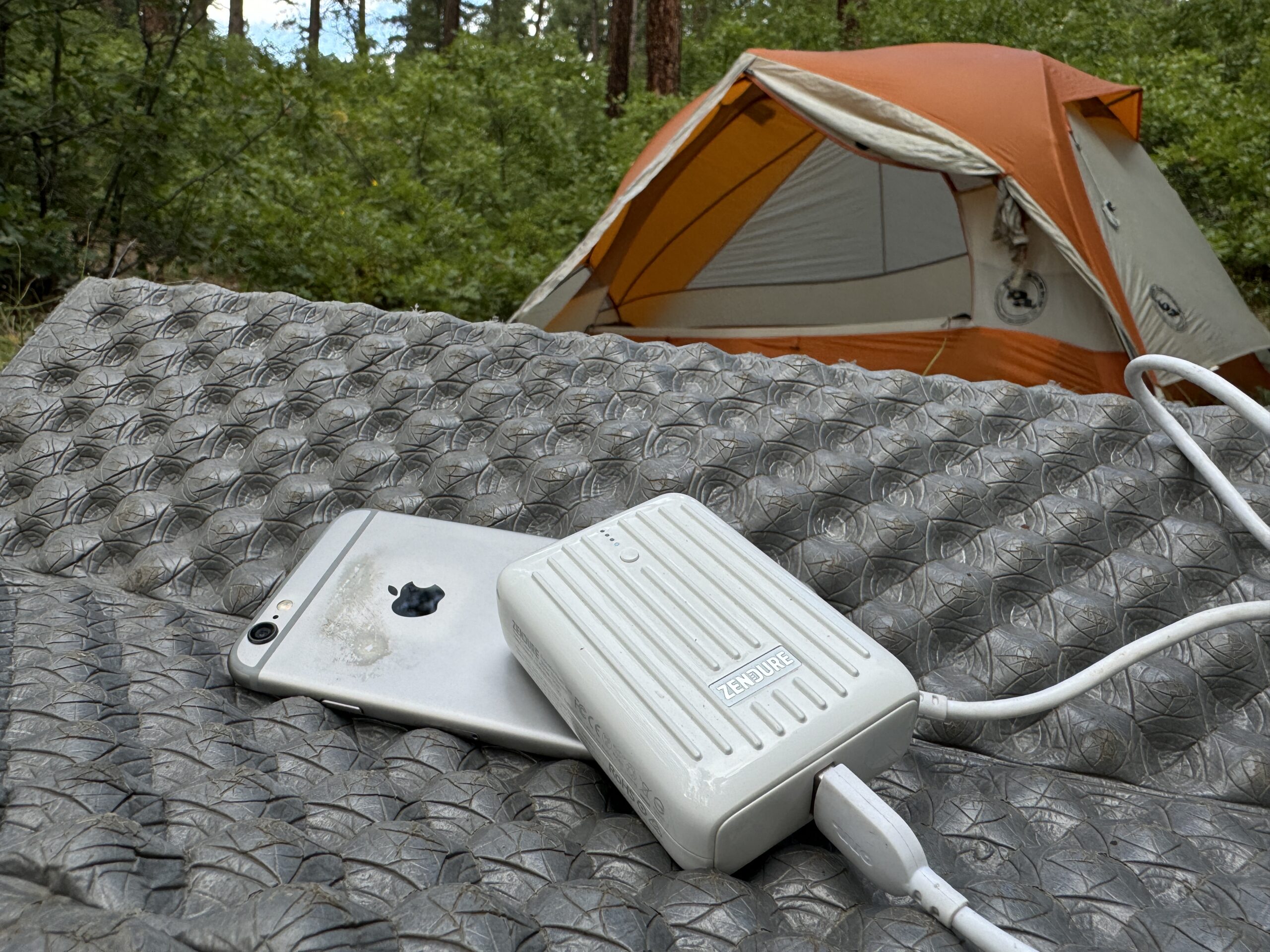
Efficiency
The Zendure may not excel in efficiency, but it still provides a decent output. Some hikers choose gear that performs well in relation to its weight for backpacking. Efficiency is one of the big categories to focus on when considering the weight vs. performance of a power bank. In the case of the Super Mini, it performed right in the middle of the pack during our side-by-side testing.
We used a multi-meter and dummy load resistor to draw power from the Zendure. Afterward, we compared how much power was inside to the weight of this power bank. In the field, our experience was similar: it had about as much power, or a bit less, than the other 10,000 mAh banks we used before it ran out of juice.
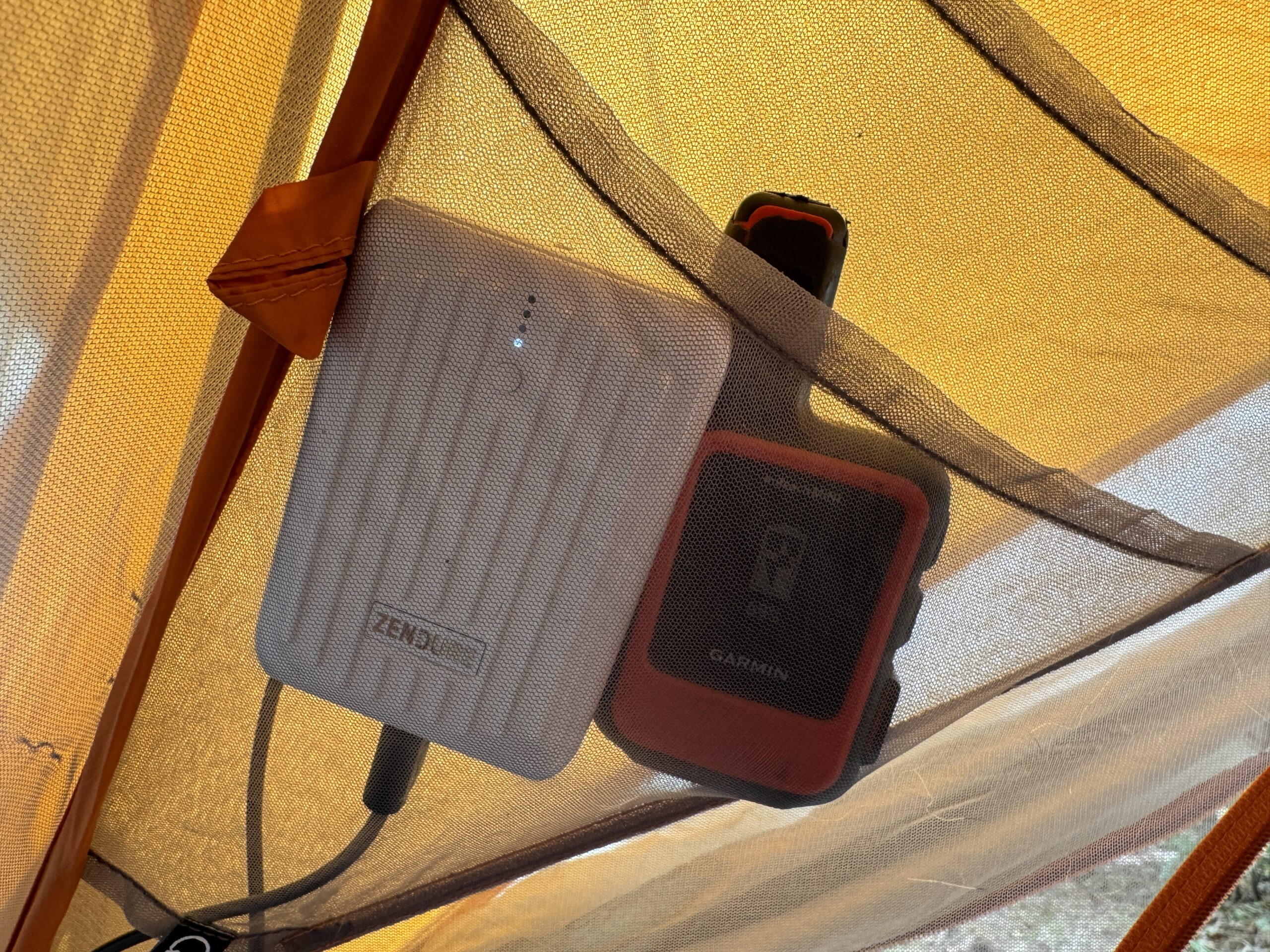
Weight & Portability
One of the unique features of the Super Mini is its more cube-like shape, which makes it easier to hold in the palm of your hand. The Zendure was one of our go-to power banks on backpacking trips in the San Juan mountains because it is easy to hold and fits easily in our pockets. This power bank does not have the long, slender shape typical of most other brands, so it can fit in more unique locations than others. For example, it is more pleasant to hold because the width of the bank was about the same as our palm.
On the flip side, it is a bit more cumbersome in other spots, such as hip-level pants pockets, due to its thicker design. During side-by-side testing, we measured its dimensions to calculate its total volume and placed it on our scale. In both cases, it ranks third out of our lineup, making it a solid choice for anyone who needs to prioritize weight and portability.
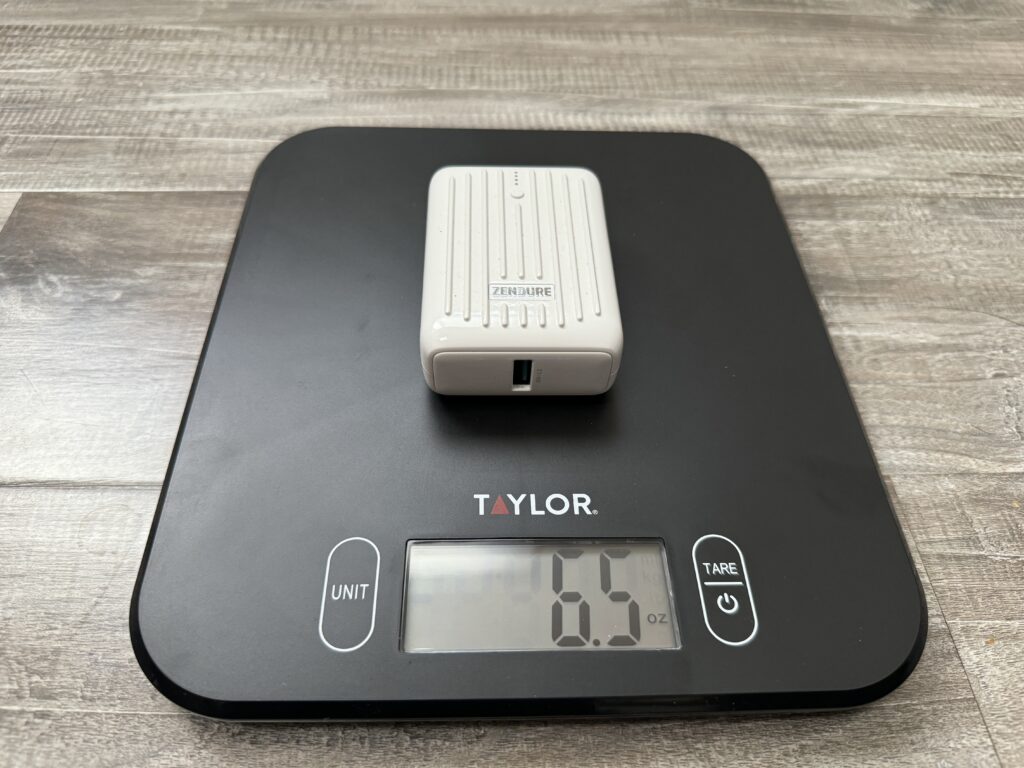
Durability
Overall, the Zendure’s stiffer plastic, ridged design, and cube-like shape make this power bank one of the toughest we tested. Unlike many of the other power banks we tried, this model has a hard outer plastic shell that is more resistant to abrasions. We also noticed that the ridges along the long sides of this power bank minimize how easily it gets scratched.
Our observations show they provide an extra buffer between the power bank and other objects. The shape of the power bank also seems to help reduce the amount of damage done to the exterior. There is less surface area to get scuffed up, and the power bank is likely to hit the ground at a corner when dropped. We dropped the Zendure from eight feet above some loosely packed dirt during our side-by-side tests.
After doing so, it didn’t show any signs of being compromised, and it continued to charge a phone as usual. We also carried it around in a bag full of other power banks for several weeks, and it has very little cosmetic damage after bumping into other objects regularly. Out in the San Juans, we used this power bank to keep our devices charged and never had any problems with it failing or showing any hints of weakness in the backcountry.
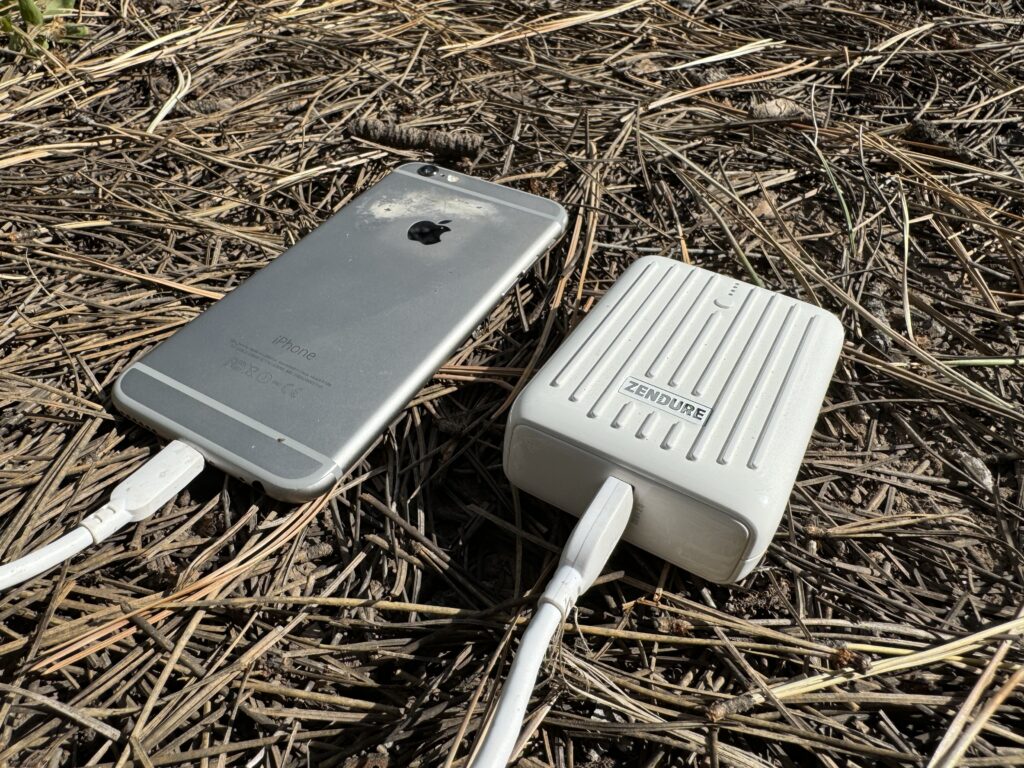
Charging Speed
We don’t particularly enjoy looking for or sitting next to outlets while on thru-hikes, so choosing a power bank that recharges quickly is important. The Super Mini’s performance was incredibly average when we timed its recharge speed for our side-by-side comparisons.
The time was about an hour longer than the fastest 10,000 mAh power bank and two hours faster than the slowest comparable model. At just over three and a half hours to recharge from a dead battery, it is a relatively reasonable amount of time for anyone needing to charge up just before a trip or while resupplying in town.
Features
Our primary consideration for features is whether or not a power bank offers pass-through charging. This is a beneficial function when outlets are limited as it allows both the bank and another electronic to be charged simultaneously. The bank passes some of the current through to whatever is plugged into it. The Super Mini does possess this feature, which is a big pro.
We also consider the number of input and output locations. In the case of the Zendure, there are only two in/out plugs: a traditional USB port on one end and a USB-C port on the other. Having the ports on different sides of the power bank is something that we haven’t seen in any other power bank. It can be advantageous when using pass-through charging, but otherwise, we found it to be a bit cumbersome in the field when trying to charge multiple devices. Though the number of ports is limited compared to some other battery packs and other features are scarce, there is enough here to keep minimalists charged up while in the backcountry.
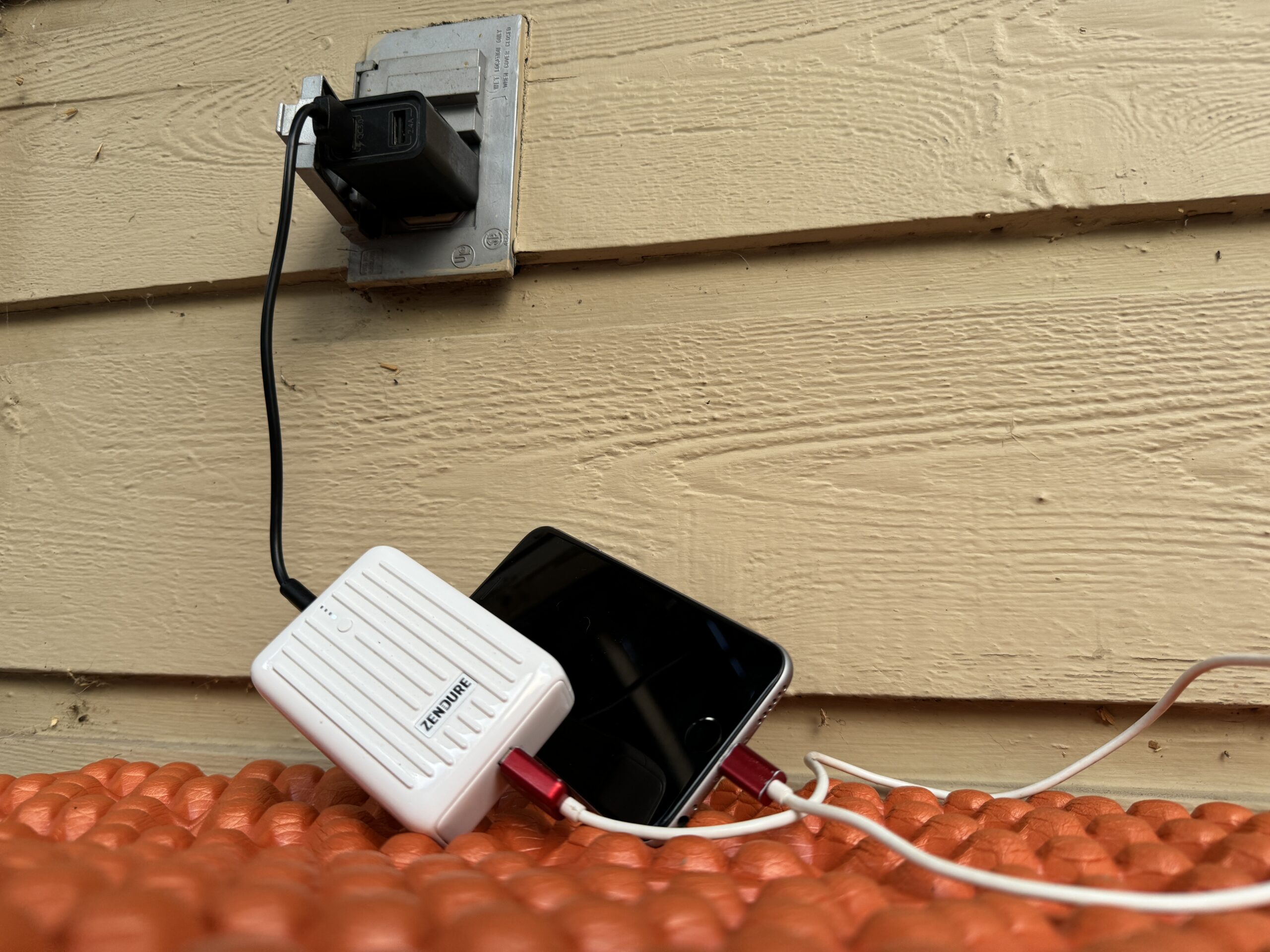
Cold Capability
The Zendure performs well in cold weather, making it a good choice for shoulder season hikes. We like to backpack year-round, so having a power bank that stays well-charged and works in the cold is essential. To check for cold tolerance, we conducted side-by-side testing and used the Super Mini in various conditions in the backcountry. During our comparative testing, we drained each power bank using a dummy-load resistor just like during efficiency testing. The only difference is that we placed the whole setup, including the Zendure, inside a refrigerator.
After recording the results and doing some basic calculations, the Super Mini ended up being slightly more efficient in cold temperatures than at room temperature. In the field, we used this power bank late in the evening when fall temperatures were very brisk. We did not notice any change in performance or signs that it ran out of battery faster than usual.
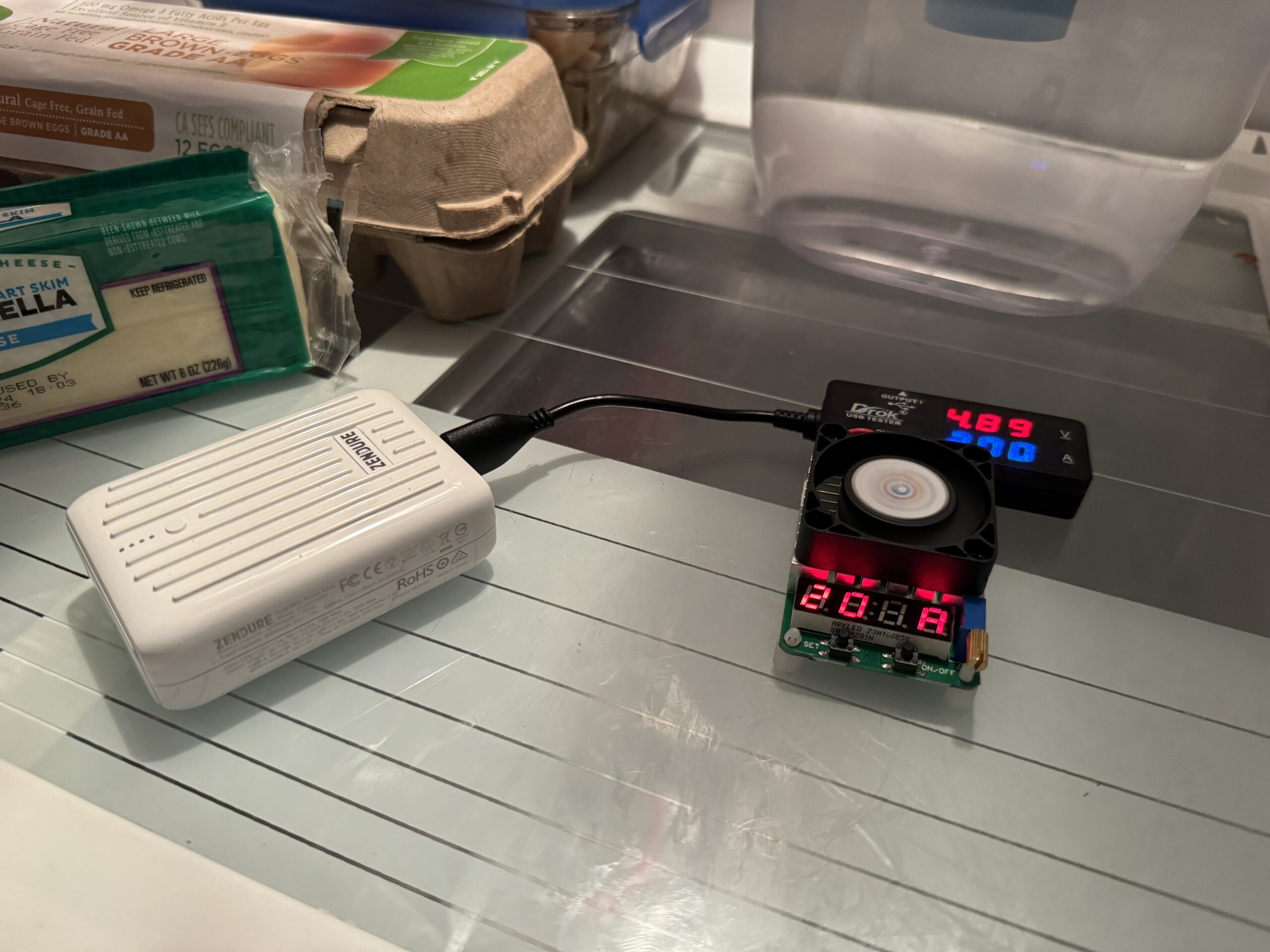
Should You Buy the Zendure Super Mini 10000?
The Zendure Super Mini’s most unique feature is its blocky shape, which makes it easy to hold and carry.. Its portability and light weight, paired with its streamlined features, mean that it is best suited for trips where space and packability are important. We also think that hikers who like a simple, no-frills design with an emphasis on ultralight backpacking will appreciate what the Zendure has to offer.
Conversely, those who prefer many features or prioritize one or two performance areas rather than something solid all-around may want to look at other power banks. Due to its capacity size, the Super Mini is also going to be better suited to shorter trips, so those looking to spend a long time away from an outlet, or who have many electronics to charge, should consider a 20,000 mAh power bank instead.
What Other Power Banks Should You Consider?
Goal Zero Flip 24 Review: Though smaller and with less capacity than the Zendure, the Goal Zero Flip offers an excellent alternative for those seeking a highly portable battery pack. Like the Super Mini, the Flip fits comfortably in the palm of the hand and in various pockets.
Nitecore NB10000 Gen3 Review: Another highly portable and incredibly lightweight power bank option is the Nitecore NB10000. It is even smaller and lighter than the Zendure, though it has a more traditional rectangular shape, which means it fits into various spaces differently. Like the Zendure, it also tends towards a more minimalist, streamlined design, and has a similar recharging time.
OKZU 10000 Review: The OKZU is similar to the Zendure in many ways, including its price point, weight, and efficiency. It also has a more traditional shape and a few extra ports. We like that even though it doesn’t perform as well in cold weather, it recharges very quickly, making it a great option for hikers and travelers.


